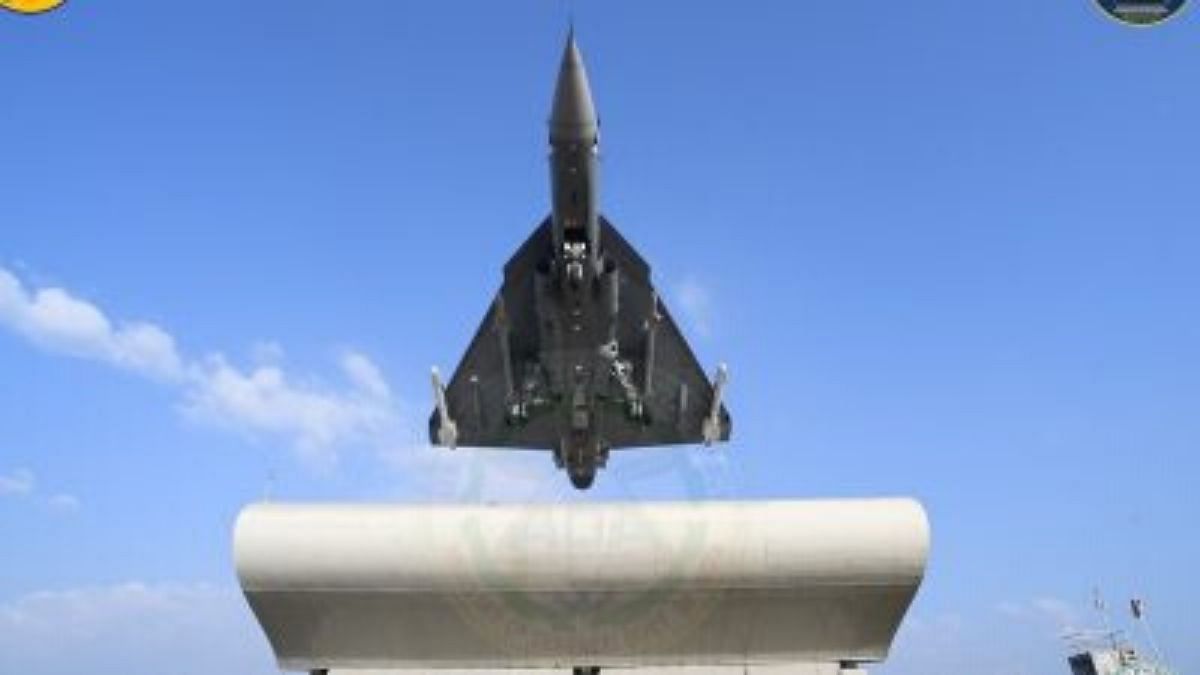As Tejas begins flying near Pakistan border, IAF & HAL join hands to boost LCA availability
New Delhi: The Indian Air Force (IAF) and the state-run Hindustan Aeronautics Limited (HAL) are working together to ensure a high “availability ratio” for the indigenous Light Combat Aircraft (LCA) Tejas, which is doing flying stints nears the border with Pakistan.
Availability ratio is the average number of aircraft that are available for flying at any point in time, taking into account servicing and spare parts issues.
In view of the Chinese aggression in Ladakh, the IAF has deployed its assets all along the borders with both China and Pakistan — which are allies to each other — since
India is preparing for a possible collusive threat from them.
Accordingly, about half-a-dozen Tejas aircraft, all of the Initial Operational Clearance (IOC) standard, have been doing stints at various bases in the western sector, including at two locations that will host Tejas Mk 1A squadrons in the future.
However, these stints of the aircraft, which are otherwise based in Sulur, Tamil Nadu, are more for training purpose, although sources said they can be deployed for operations if the need arises.
“Technically, they have been operationally deployed amid rising tensions with China in Ladakh, but the flying is primarily for pilots to get used to border dynamics,” said a source, adding that the aircraft have been doing the stints since June.
Even though the aircraft are IOC variants, the sources added, “they do carry limited air-to-air missile and bombing capabilities”.
The initial lot of Tejas, they said, is meant more for close-in protection of India’s own bases rather than actual combat in enemy territory.
First deployed operationally after Balakot strike
The first time the Tejas went in for “operational deployment” was after the Balakot strikes against a Jaish-e-Mohammed training camp in Pakistan last year.
At the time, the IAF had deployed nine Tejas aircraft at the Jaisalmer base but had to eventually make do with two because of low availability, sources said.
“Out of the nine aircraft, only two were available the last time,” a source added.
Both HAL and IAF are working together to ensure higher availability, the sources said.
The IAF is currently in the process of inducting Final Operational Clearance (FOC) aircraft, which are more advanced than the IOC ones. “FOC aircraft imbibe a lot of manufacturing improvements, which were based on the operational feedback of LCA IOC fleet with IAF,” the HAL had said in March this year.
Besides their capability to carry weapons, including Beyond Visual Range (BVR) ones, another major difference between IOC and FOC variants is fuel capacity.
The IOC Tejas currently carries two fixed tanks of 1,200- and 800-litre capacity. The FOC variants, meanwhile, not only get larger tanks but also mid-air refuelling capability.
The IAF is expected to finalise the deal for 83 Mark1A aircraft by the end of this year.
About half-a-dozen Tejas aircraft are doing stints at various bases in the western sector, including at two locations that will host Tejas Mk 1A squadrons in the future.

theprint.in


